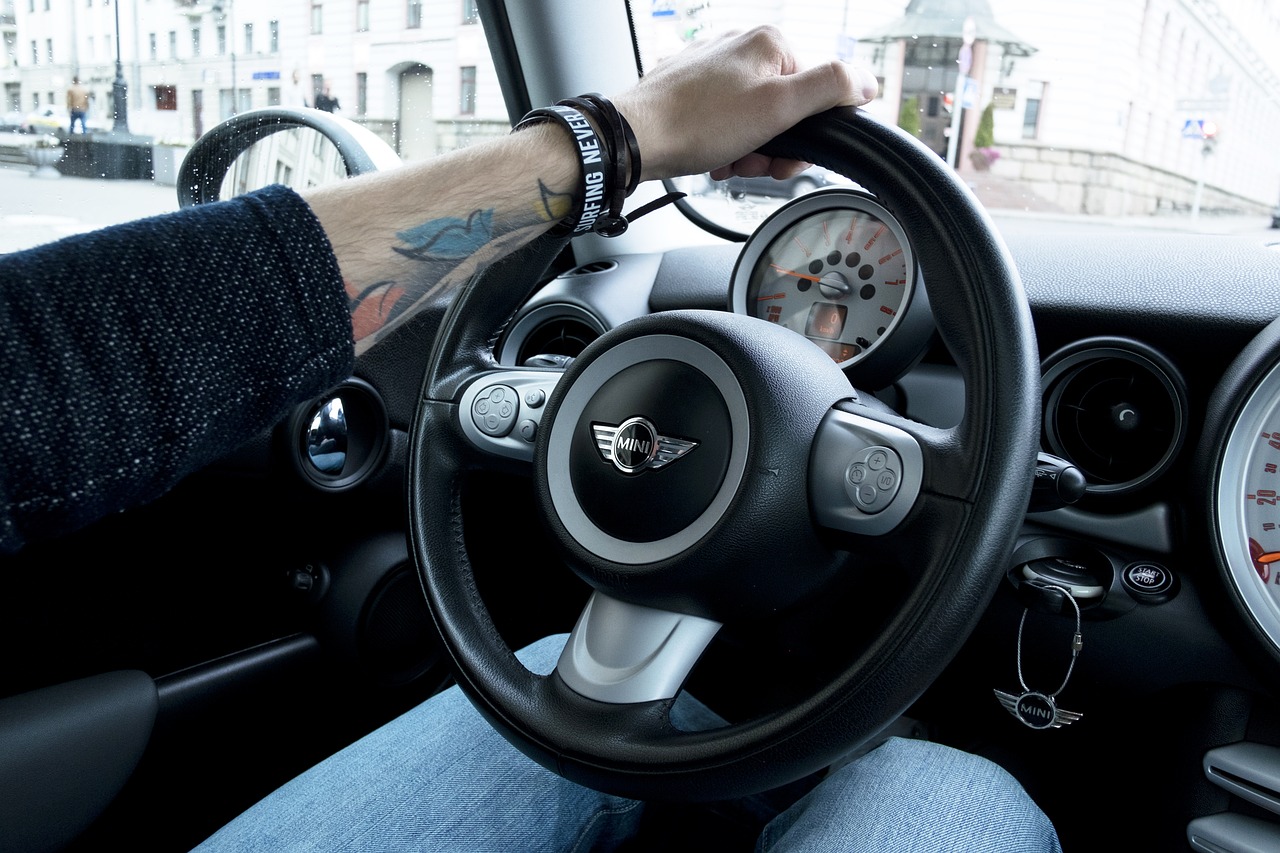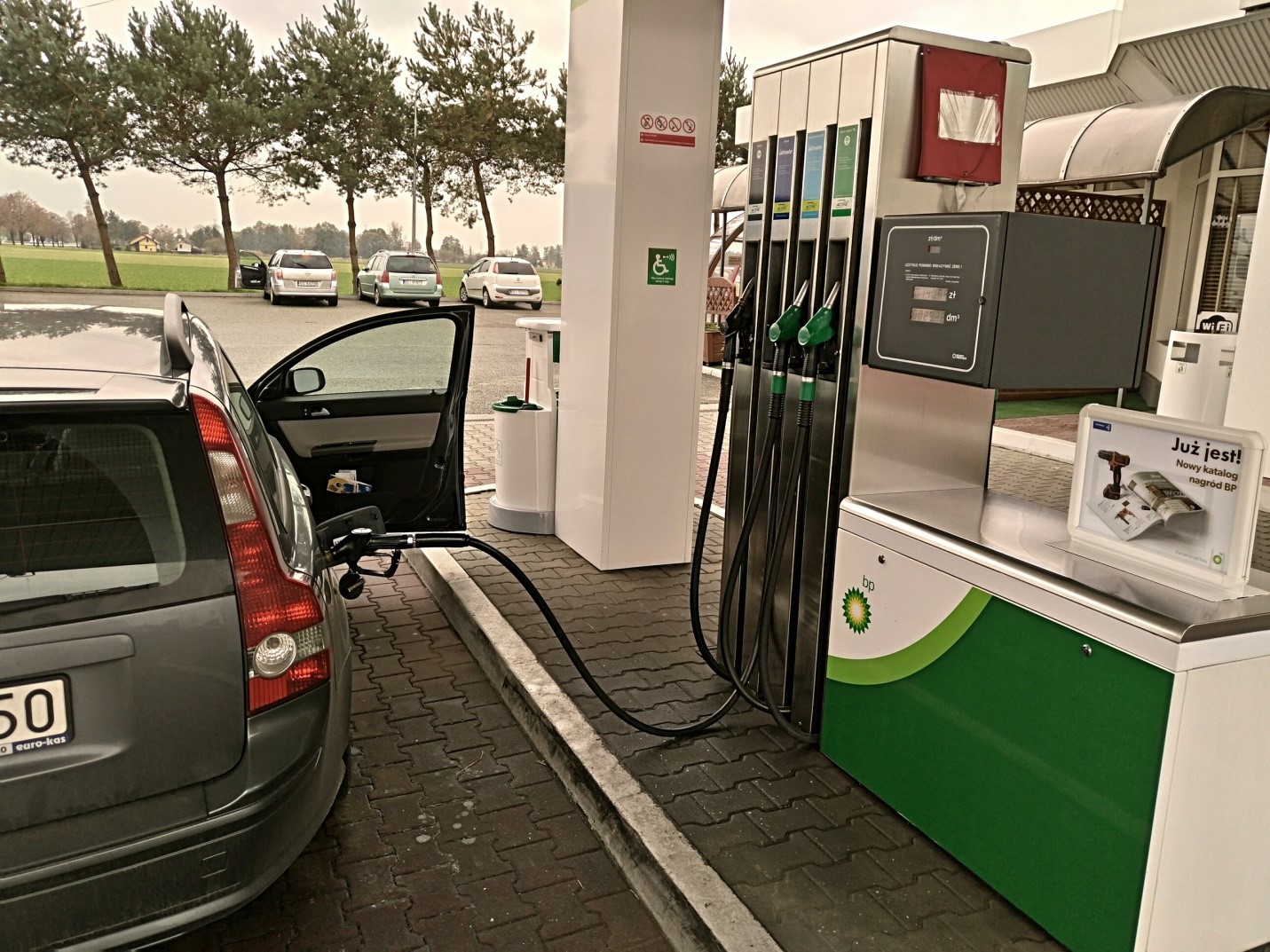Traveling by car is always an exciting adventure. Hundreds of kilometers of highway, favorite music, and many attractions along the road – what else do you need for an excellent pastime?
Today, car rental is the most popular way of movement for travelers, because everyone can pick up a car where it’s required. Moreover, car hire for 20 year olds is also possible, and thereby even young drivers can take advantage of this service anywhere in the world.
As you know, fuel is the main expense associated with a car while traveling. Therefore, you can try to reduce them, saving primarily on gas. Here’re some useful tips to make your road trip budget…
Change driving style

The most effective way to save fuel is to drive correctly. Smooth acceleration and maintaining optimal speed, as well as a reasonable choice of route, can reduce gasoline consumption by almost half. Sometimes it’s better to take a longer road if the highway will prevail on the road than to stop at traffic lights.
Exceeding the optimum speed is pointless: practice shows that the gains from fast driving are negligible. You can win back more than a couple of minutes only when traveling for long distances. In addition to excess fuel consumption, risky behavior on the road exposes all road users to danger. The cruise control function makes life much easier for the driver.
Also, during stops longer than a minute, for example, at level crossings or long traffic lights, the engine should be turned off.
Keep a good technical condition of the car

The second most effective tip is to always keep the car in good condition. Periodical maintenance with high-quality spare parts and consumables can’t only extend the life of the car, but also drastically reduce fuel consumption.
In addition to gasoline or diesel fuel, the engine needs to receive a sufficient amount of purified air for the effective operation. Therefore, if the car’s air filter is bad, the engine will experience more load and fuel consumption will increase.
For cars over three years old, the problem of aging lubricants becomes relevant. Oil in all units, where it hasn’t been changed since the time of purchase of a car, stops removing friction as it should be and the load on the engine increases.
Check aerodynamics, reduce weight and choose the right tires

Oddly enough, aerodynamics is no less important for conventional vehicles than for racing cars. Already at a speed of 40 km/h, air resistance begins to be felt strongly.
If you are not using an external trunk, you need to remove it, as it adds an extra liter to the fuel consumption. The same goes for windows or sunroofs that are open during movement. Even antenna can significantly change the aerodynamic quality of the car for the worse.
A massive full-size spare tire and a child seat in the trunk can also add extra weight and, consequently – fuel expenses.
Finally, it’s important to choose the right wheels and tires, and you need to regularly monitor the air pressure. Don’t install rims that are not recommended by the car manufacturer. In addition to incorrect speedometer readings, larger diameter wheels increase the load on the engine, transmission and suspension.
In turn, improper tires not only negates all the efforts of the manufacturer aimed at improving the safety of the car, but also increases fuel consumption due to non-optimal friction on the road. The air pressure in the tires determines the size of the contact spot, which also affects all of the above parameters.
Monitor the engine temperature
The fuel efficiency of the engine is very different when working in hot, cold and in optimal climates. This is most noticeable in the winter, when the car needs to be warmed longer than usual before for entering the optimal operating mode.
In winter, owners of modern cars need to start driving about half a minute after starting the engine. Until the indicator lamp for low coolant temperature goes out, don’t let the engine exceed 2,000 revolutions per minute. Warming up in idle mode doesn’t have any positive effect: fuel is wasted, an unloaded engine produces little heat, and all engine components work with cold lubrication and are subject to increased wear.
If the operation of the car often occurs at temperatures below -15°C, it makes sense to attend to the insulation of the engine compartment and the hood.
Remove unnecessary equipment

Air conditioning increases fuel consumption by at least half a liter – every driver knows about it, so advice to endure the heat as long as possible in the summer is quite popular.
However, sacrificing your comfort for the sake of economy is a dubious idea. As a result, a few dollars won from a trip result in fatigue, anger, or even health damage.
Replacing lamps with LEDs is also a good idea if the design of lighting devices allows. Otherwise, all the tips about turning off something in the car to save precious fuel are untenable.




You must be logged in to post a comment.